
Are you wondering if you should add AI to improve...

General Guide About Content and Writing
How often have you mixed up the three words “ensure,...
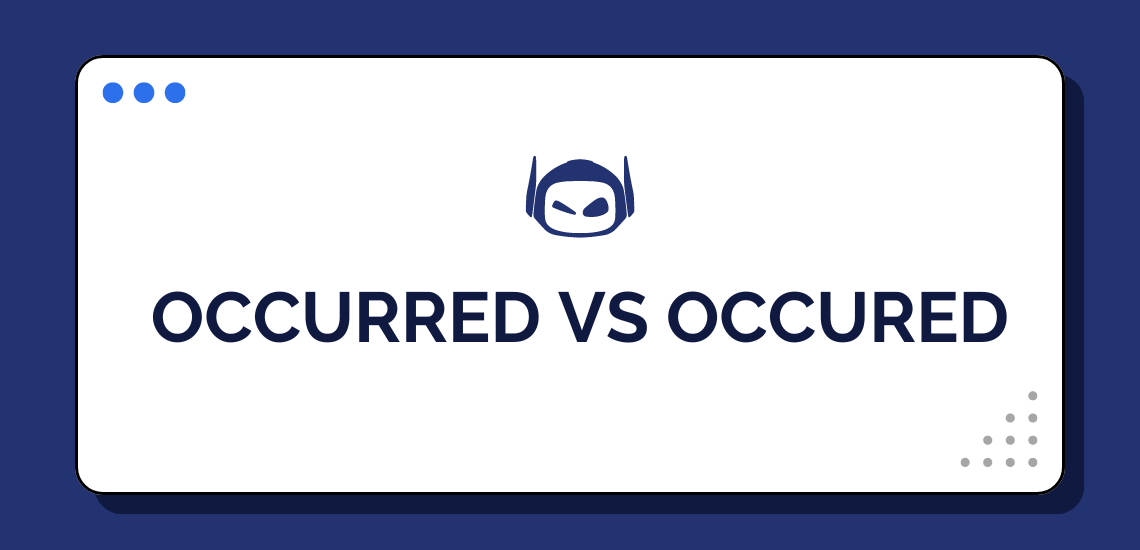
General Guide About Content and Writing
It’s easy to use the wrong spelling with so many...
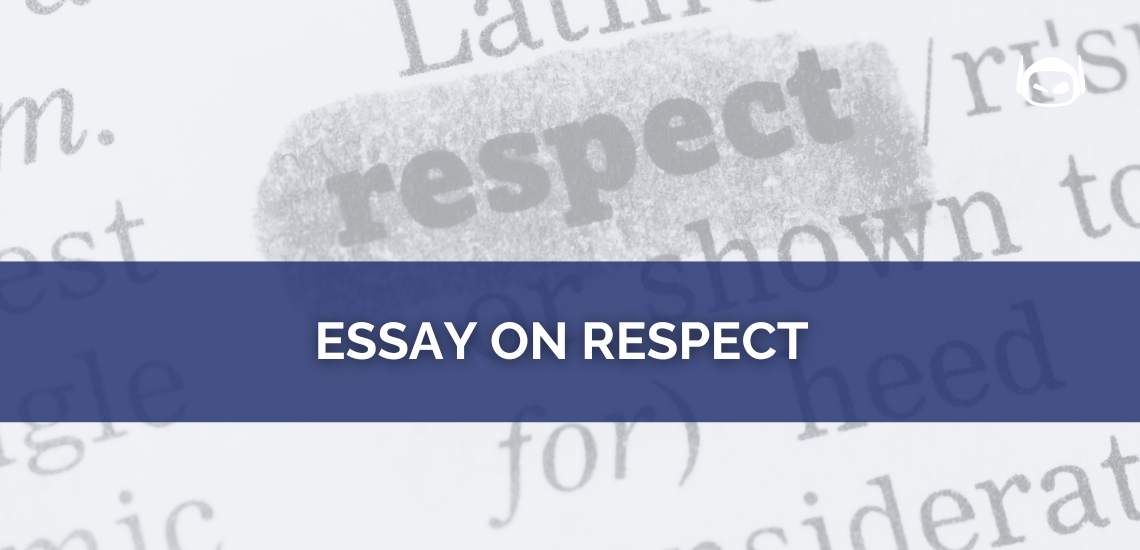
Step-by-Step Instructions for Writing
Did you receive an assignment about writing an essay on...
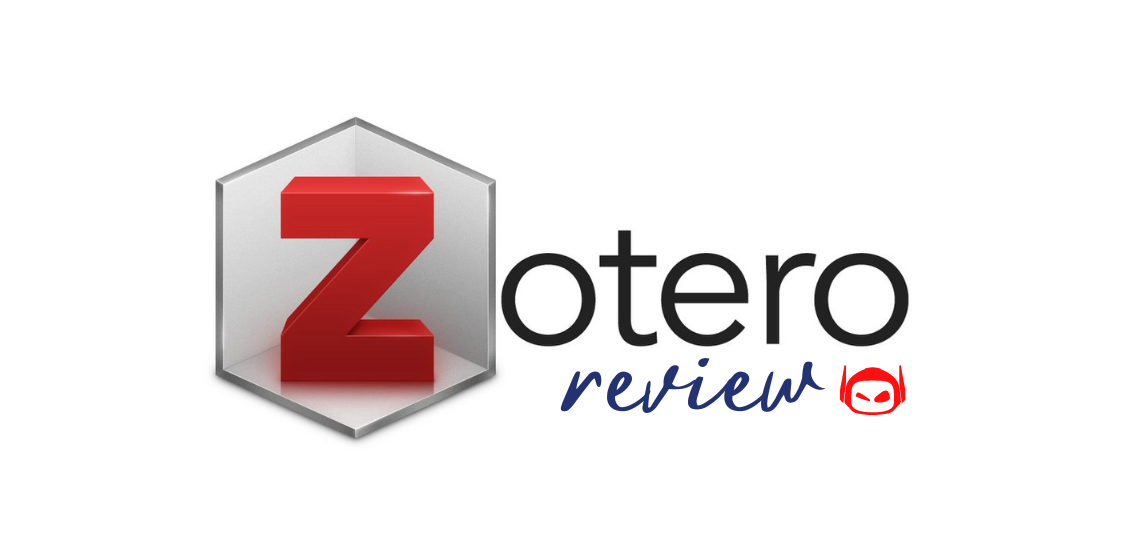
General Guide About Content and Writing
Do you want to know if it’s worth your time...

General Guide About Content and Writing
Want to compare Copysmith vs Jasper, but are unsure of...
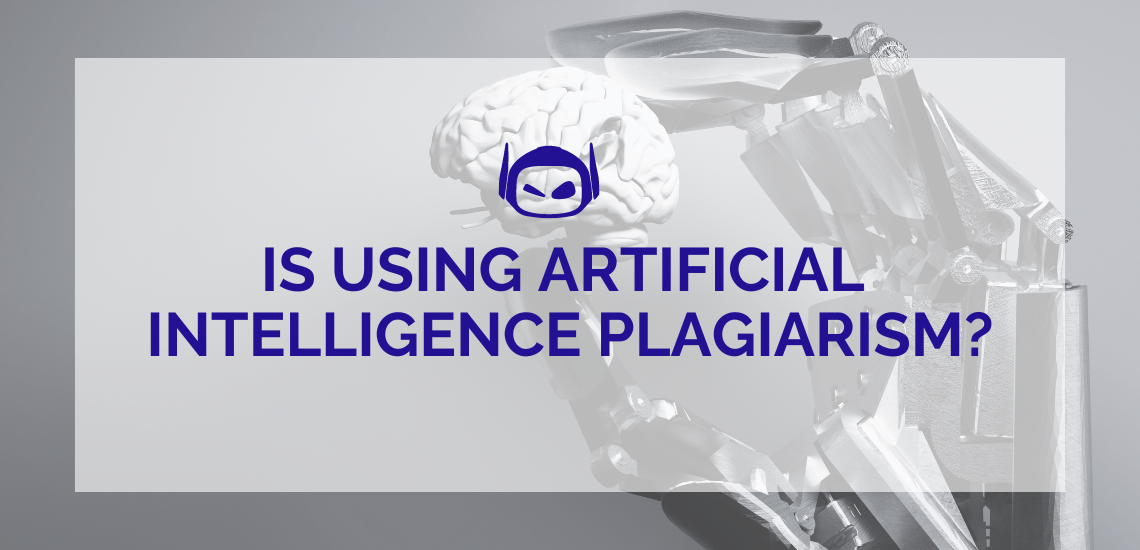
General Guide About Content and Writing
Artificial intelligence has revolutionized content creation. So many generative AI...
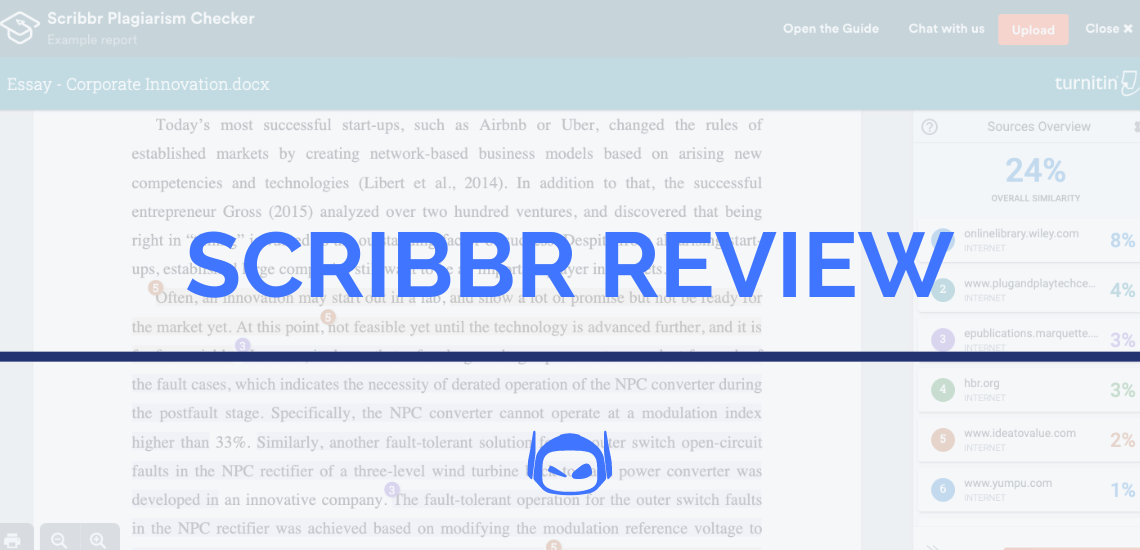
Are you looking for a Scribbr review that you can...
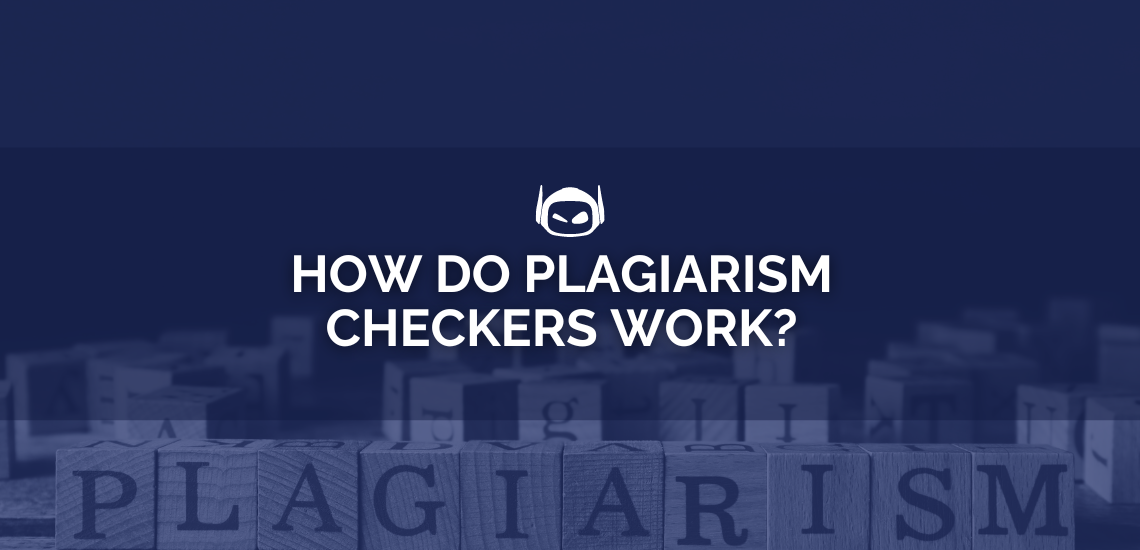
General Guide About Content and Writing
How sure are you that your writing is plagiarism-free? As...

Step-by-Step Instructions for Writing
Do you want to learn how to write a five-page...